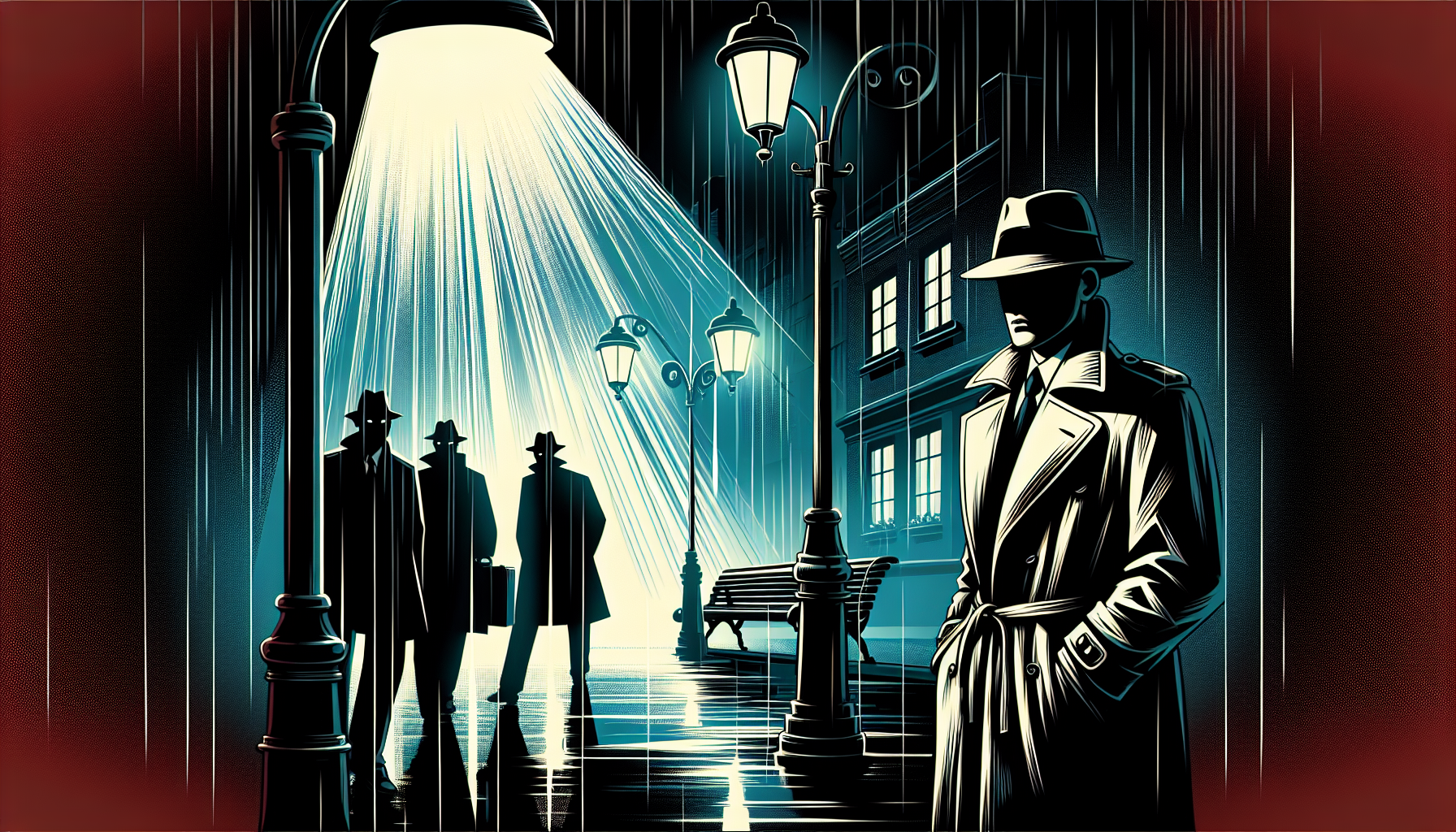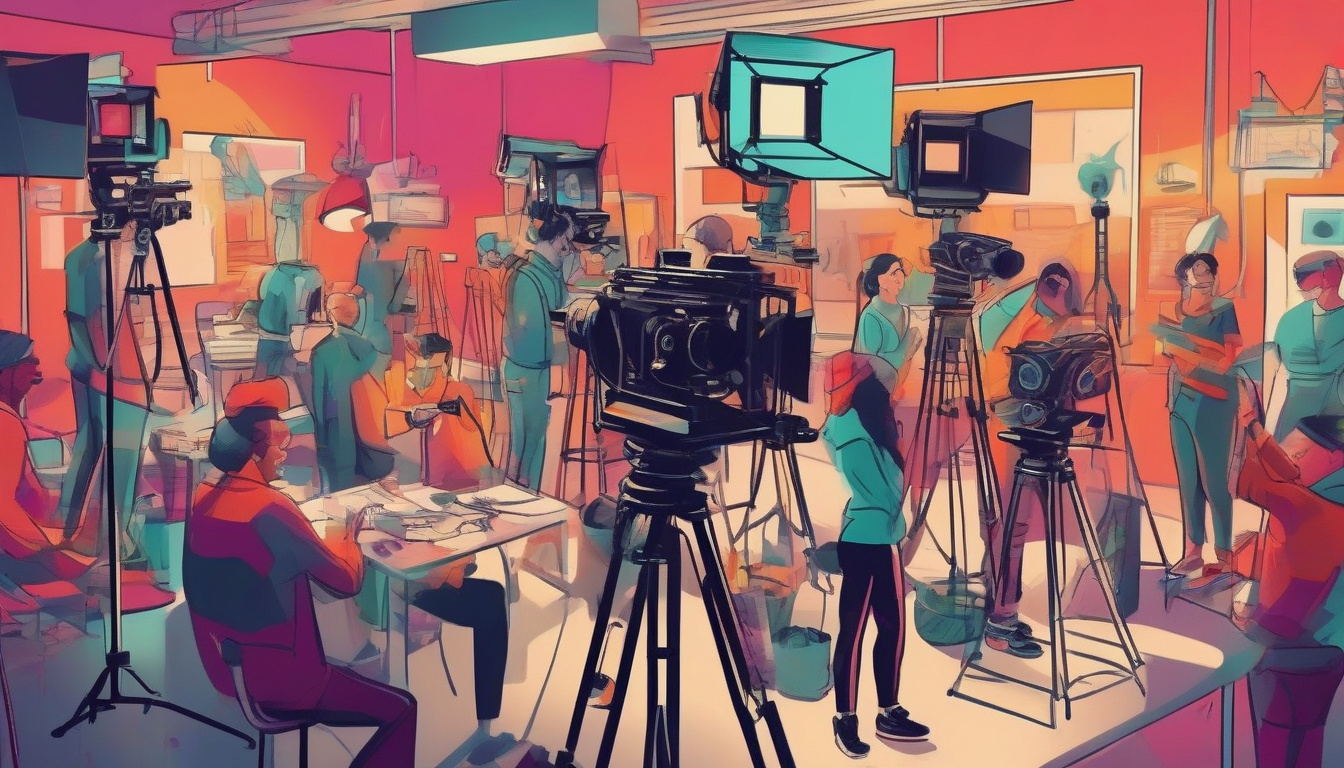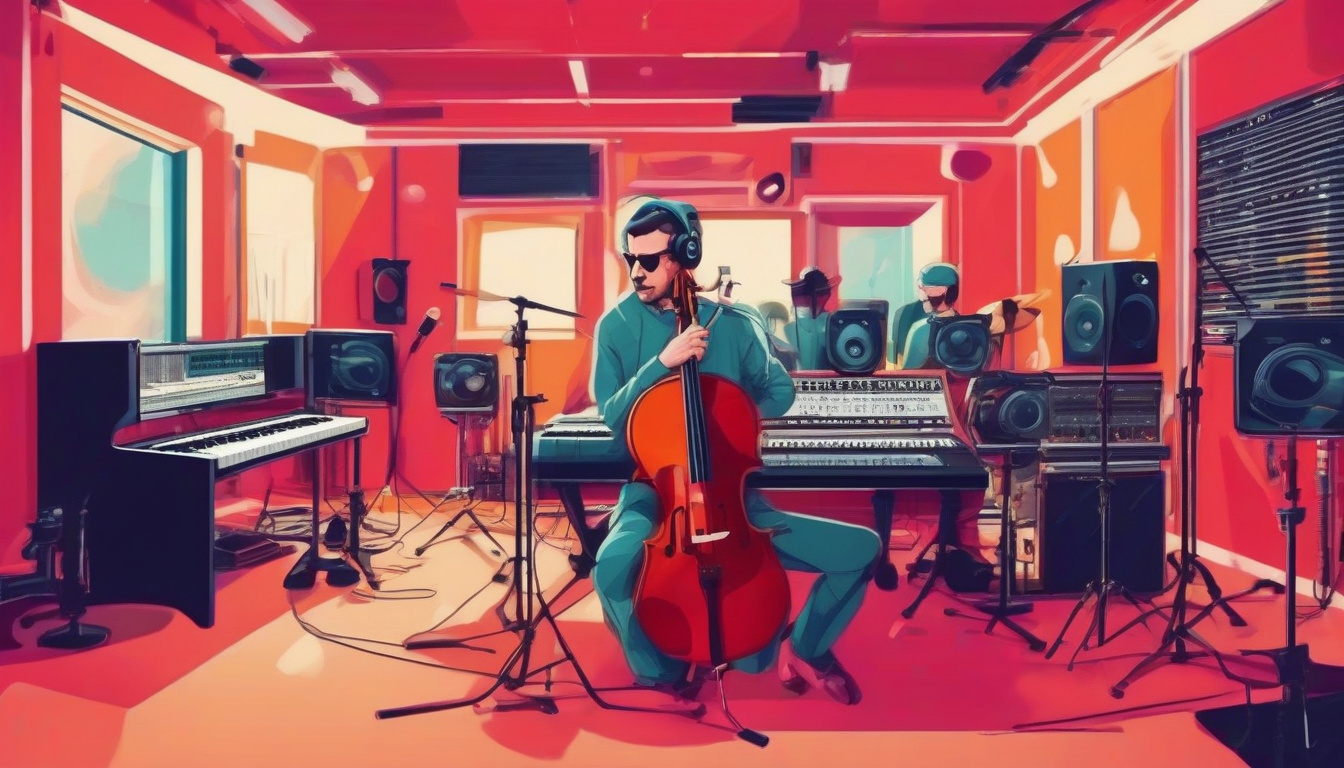
Welcome to the Shadows: A Concise History of Film Noir
What’s Noir, Anyway?
Imagine a world where the streets are as dark as the characters’ pasts, and the mood is as thick as the fog swirling around a streetlamp. Welcome to film noir, folks, where the men are hard-boiled and the dames are dangerous. Noir, French for black, perfectly encapsulates the essence of this film style with its dark themes, shadowy visuals, and morally ambiguous characters. Emerging in the 1940s, film noir was originally inspired by the gritty crime fiction of the 1930s—think Dashiell Hammett and Raymond Chandler—and the foreboding aesthetic intensity of German Expressionism.
The Birth of Noir
It all kicked off in the early 1940s, with flicks like The Maltese Falcon (1941), directed by John Huston, and setting the benchmark for future noir films. Imagine, a detective as cynical as the day is long, a femme fatale that could make a saint sweat, and a plot twisty enough to get lost in. And who could forget Double Indemnity (1944) by Billy Wilder? It’s a film about a love-brewed murder plan so sharp, it could cut glass.
The Noir Style
It’s all about the look, darling, a director might’ve said in the 1940s. The visual style of noir is unmistakable—the stark light-and-dark contrasts (thanks to low-key lighting), grim urban settings, tilted camera angles creating a sense of imbalance, and let’s not forget the omnipresent Venetian blinds. These visual elements are more than just for looks; they emphasize the chaotic, unstable nature of the noir world where morals are flexible and trust is a currency few can afford.
The Noir Narrative
As for the narrative, if you’re in a noir film, you might want to check your life insurance. Film noir isn’t keen on happy endings. It wallows in the murkiness of human nature, exploring themes like crime, betrayal, and seduction. Our typical protagonist is often an anti-hero plucked from their mundane life and hurled into a cyclone of misfortune, usually spinning at the high heels of a femme fatale. These narratives echo a post-war disillusionment felt by many, a world where the clear-cut morals of yesteryears were replaced by a pervasive ambiguity.
Noir’s Golden Age
The 1940s through the early 1950s were what you’d call the ‘Golden Age’ of noir. This was when noir shone brightest—or should we say, gloomed gloriously—with classics like Out of the Past (1947) and Sunset Boulevard (1950). The latter, a cynical tale about Hollywood, is so rich in noir elements, it’s like biting into a dark chocolate rendition of Tinseltown.
Noir Evolves
By the advent of the 1960s, traditional noir had dimmed like the end of a cigarette in a rainy gutter. But the fade to black was never complete. Elements of noir began to infuse other genres. Modern films like Blade Runner (1982) and L.A. Confidential (1997) pay homage to classic noir while tweaking the formula to fit the neon blast of cyberpunk or the polished shoes of a retro detective drama. These neo-noir films maintain the essential DNA of classic noir, injected with a dose of modernity’s sleek stylings.
Legacy of the Shadows
Film noir taught us that not everything is black and white, even when it looks exactly like it is. It’s a genre that’s more about questions than answers, about the journey rather than the destination, and above all, it’s about the ambiance. Whether it’s the fog-shrouded alleyways of the ’40s or the rain-drenched metaphors of the 21st century, noir is wherever darkness meets light, literally and metaphorically.
So grab your trench coat, light up that cigarette (actually, maybe don’t—smoking is bad for your health), and prepare to delve into a world where the dangers are real, the shadows are deep, and the dialogue is as crisp as dry toast. Welcome to film noir, darling. Enjoy the descent.






